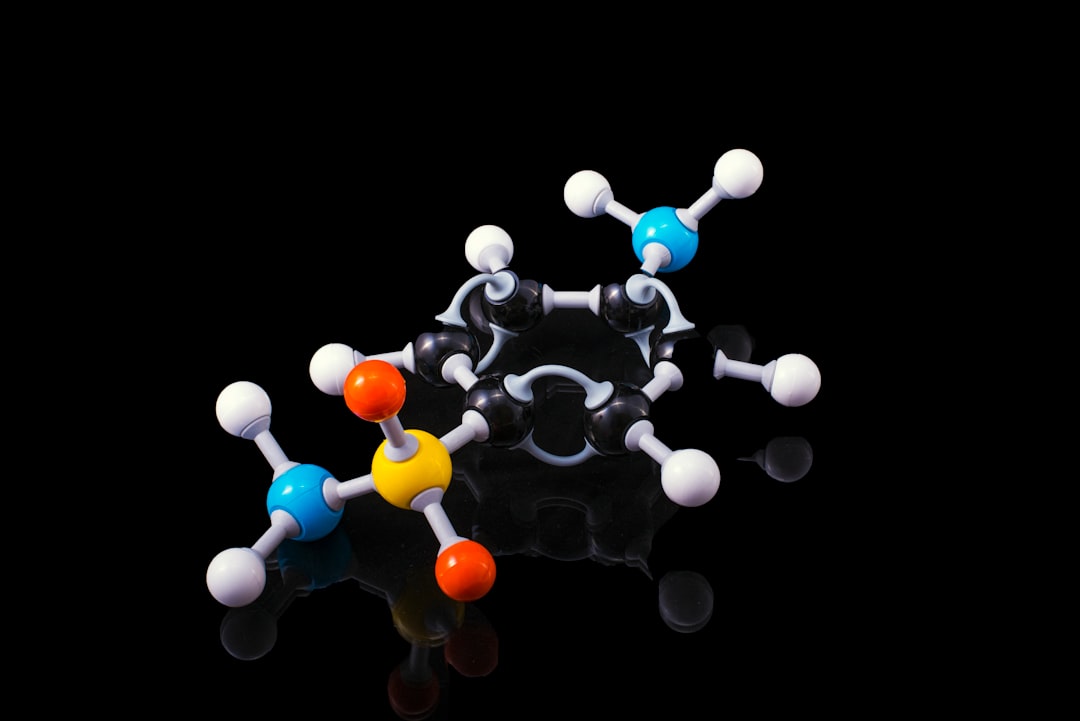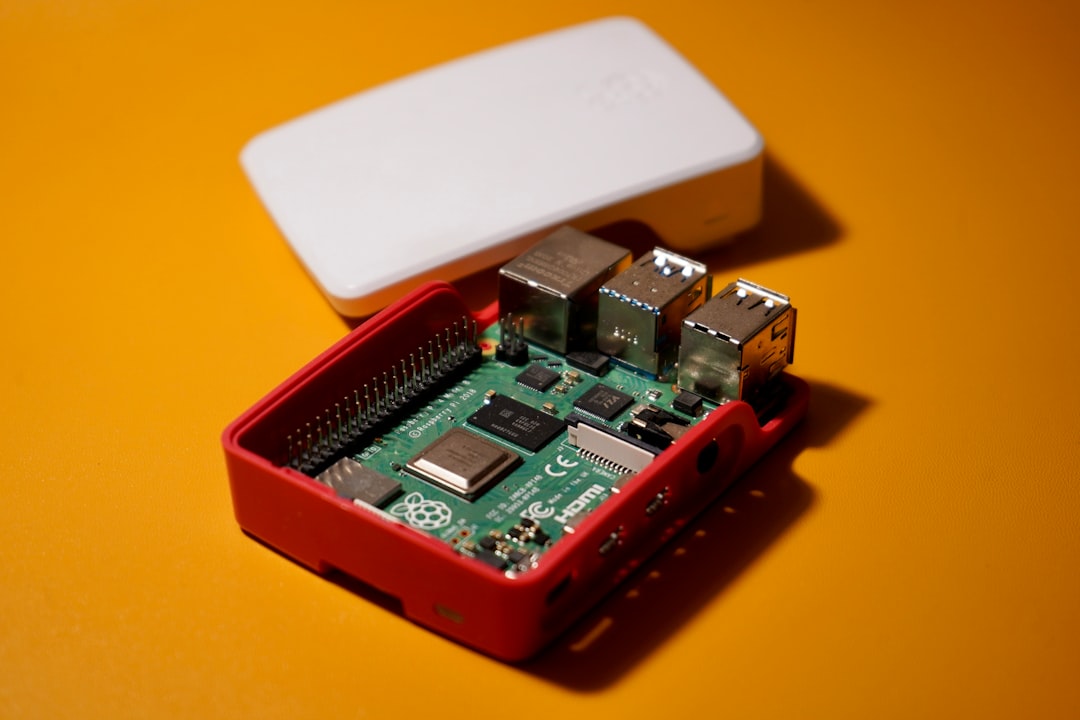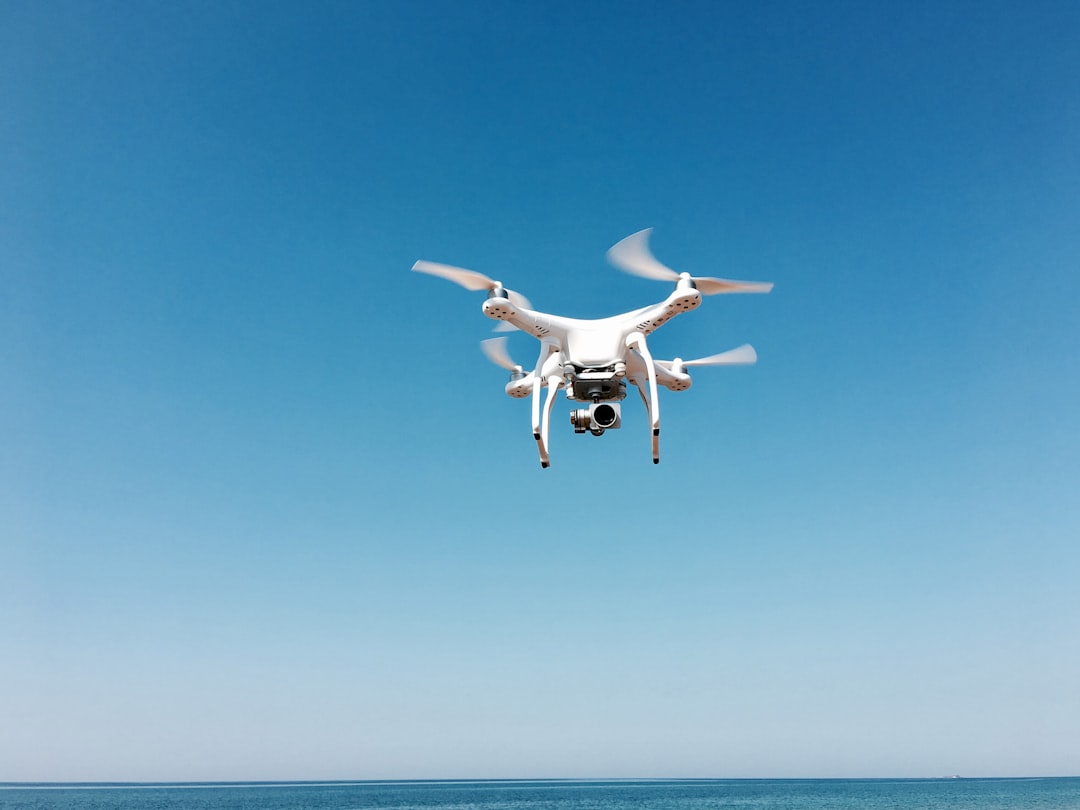What is it about?
This piece focused on a previous work by researchers at ORNL who claimed having found a barocaloric effect or pressure waves in copper and other materials. They used an LFA setup where the signal of an infrared detector dropped in the millisecond time range and then recovered back to baseline. Out of curiosity, I tried seeing if the same effect could also be observed in an Invar sample. Invar (Fe-36Ni) is known for its very low thermal expansion coefficient due to magnetostriction. Obviously, there is no thermoelasticity and no barocaloric effect there. And yet, the same drop in the IR signal is still observed. Why? This is likely a manifestation of stray light, which is often present in LFA measurements -- but rarely given due consideration by the users.
Featured Image

Photo by Josh Calabrese on Unsplash
Why is it important?
Heating curves extracted from laser flash analysis sometimes allow ambiguous interpretation. Such ambiguity arises from the instrument design. Erroneous conclusions on material properties are possible.
Perspectives
A typical laser flash analysis device allows measuring temperature transients in small samples with an indium-antimonide detector cooled by liquid nitrogen. Results of these measurements should always be taken with a grain of salt. The detector output is not always representative of the sample thermodynamic temperature. Sometimes it is influenced by flash-throughs and stray light. Better instruments should be designed to reduce unwanted artifacts and explore new temperature sensing capabilities, e.g. with the help of infrared cameras. This comment discusses a typical caveat in LFA experiments.
Dr Artem Lunev
ITMO University
Read the Original
This page is a summary of: Comment on “Laser-induced pressure-wave and barocaloric effect during flash diffusivity measurements” [Appl. Phys. Lett. 111, 051901 (2017)], Applied Physics Letters, August 2022, American Institute of Physics,
DOI: 10.1063/5.0096847.
You can read the full text:
Contributors
The following have contributed to this page










